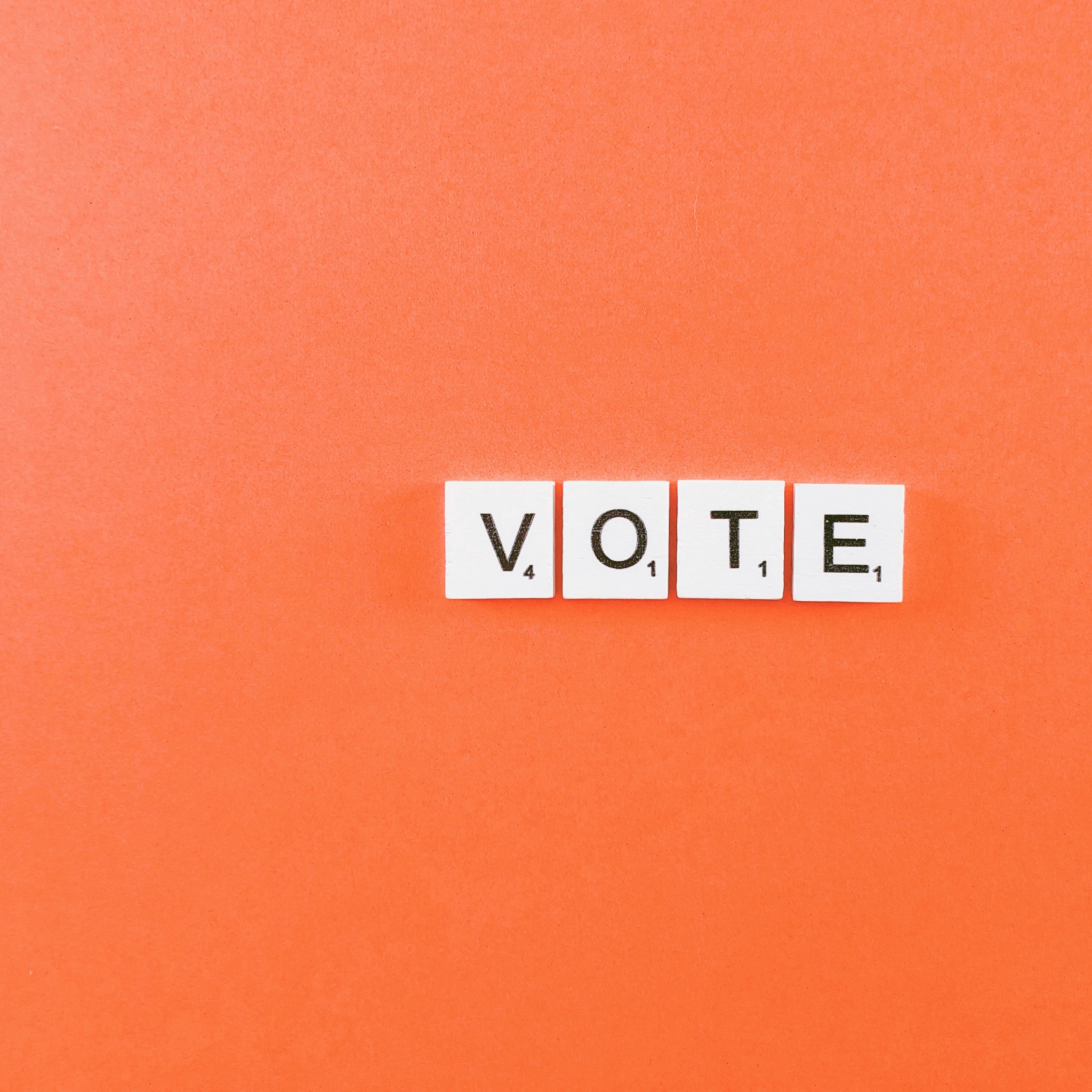3 Key Takeaways from the Star’s Analysis of the Federal Election: Data, Nimbleness, and People
Toronto Star (The Star) explored, through interviews with 57 insiders, how Canada’s Liberal party managed to pull off a minority government. It was a nail-biter; there were days when it seemed that the party was about to lose to the Conservatives.

Data
The Liberal party reads, interprets, and manages data to get a pulse of Canadians’ sentiment. Like any data collection and polling, how questions are framed and interpretation of variables matter.
When data analytics experts recommended calling for an election, they probably based it on the answers to this question: if an election was held today, which party would you vote for? It’s a typical and fair question to ask.
I had monitored the evolution of support for government parties for months since the start of the pandemic, and given the available data, I would have advised the party to call an election myself. Support for the Prime Minister was high, and so was Canadians’ satisfaction with how the federal government handled the pandemic. Nobody expected the prolonged anger that an election would bring. It seems like the team knew that it would make Canadians angry, but only for a short time. Perhaps another question should have been asked: how would you feel if the government called an election today? And try to determine if sentiment against an election would be high.
The party also interpreted data throughout the short campaign. Combing surveys and perhaps conducting their own polls. They read the sentiment that their ads brought.
Nimbleness
The party’s nimbleness contributed to its victory. My definition of victory here is that they won the most number of seats, but I think for the party, they wanted to form a majority. According to the Star, “senior Liberals had spent the past several weeks looking at battleground ridings, shifting targets when the data warranted.”
Marketers and strategists can create ten-year, yearly and quarterly plans, but based on my experience, the strategy needs to change based on current reality. Many factors come into play as you work towards your plan and goals, a lot of factors you can’t control. It’s important to shift your priorities and reallocate resources throughout a campaign – political, marketing and others.
The Liberals did just that. As per The Star, “volunteers and resources were moved around to capitalize on any bounces or intelligence gathered from the field.”
People, people made them win.
Ultimately, the Liberal party’s successful campaign can be attributed to people. I’ve been telling people: you need people to win. I have been doing digital marketing for years now, including social media marketing. When I used to teach social media marketing to franchise owners of Pillar To Post, I would tell them that you can’t tweet a handshake. You can have thousands of followers, but you need to meet some of them.
The Liberals mobilized thousands of volunteers to deliver the party’s message.
While the data guides decisions, and the content helps mobilize people to the polls, the Liberals are very proud of their ground game and the years spent cultivating a team of motivated volunteers — who made more than 15 million door-knocks and calls this year — and field officers who know how to read their ridings.
Toronto Star
Look, I have a strong grasp of digital marketing, and yet I know that relationships can’t be purely done online. It can be enhanced online but can’t be completely done online.
While the Prime Minister crisscrossed cities, the opposition leader, Erin O’Toole, did things differently. “The Conservative leader had spent 14 out of 31 days — nearly half of the campaign by then — cooped up in his TV studio,” as per The Star.

Recent Comments